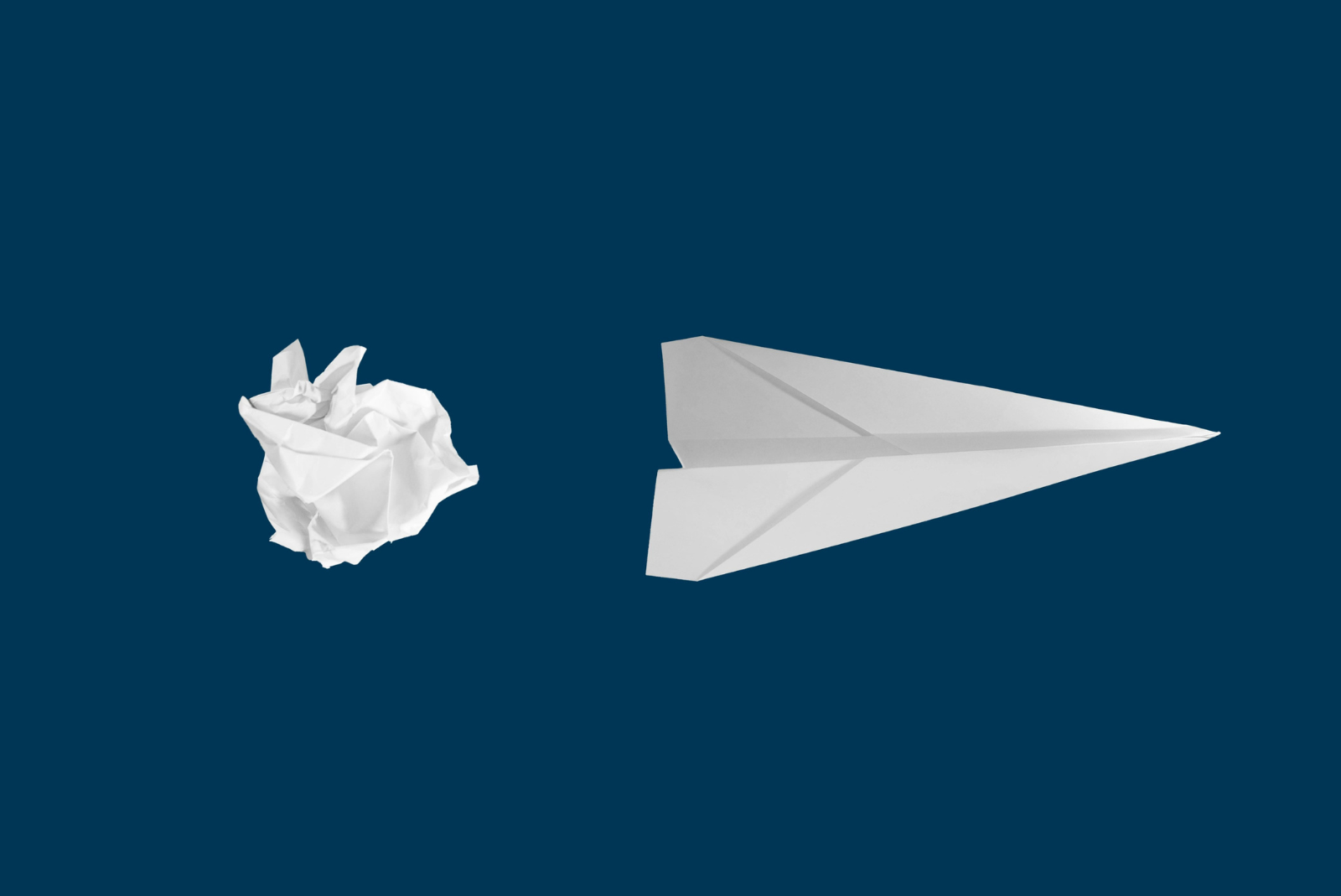IT’S ALL ABOUT THE PAUSE
Why is everyone talking about the Power of Pausing?
Yesterday I had a conversation with a group of leaders and we were discussing the role that innovation needs to play in our daily approach to work. What started this conversation was a recent workshop I attended where Dr. Nadya Zhexembayeva was discussing how companies and leaders tend to wait to innovate until the current product or service is starting to fade, instead of innovating before it's needed.
It reminds me of when I was in the fashion industry, where every couple of months we had to introduce new styles to stay relevant. It was both exhausting and exciting. It kept us on our toes, it was a lot of fun to see what the next season would bring and it kept us always changing things around.
It felt like there was never any time to pause and that's exactly the problem with innovation. Unless we make it our job to innovate and we recognize that we cannot innovate under pressure, most don't make time for it. Part of my discussion with the group of leaders yesterday was the recognition that innovation can help us work more effectively and yet they didn't have time to figure out how to do things differently.
Without pausing, we get stuck constantly working to catch up to the speed of change and get caught not being ready when innovation comes knocking.
PAUSE FOR PROGRESS
When I was working in retail, I learned how to make it a practice to notice what the consumer was looking for, even before they asked for it, simply by noticing their behaviors and asking them more questions. My curiosity guided my ideas. I received feedback from my team and included their perspectives to not only create an inclusive work environment, but also to rethink the current situation using their observations to continue to innovate and grow how we were doing things.
Part of my job was to notice the small trends that would lead to change and I did so by doing "walkabouts". I would give space and time (pause) to listening and noticing.
Being more aware, adaptable and agile in the face of change, we must listen to our own emotions. If we push aside the real feeling of FUD - fear, uncertainty and doubt, we will struggle with change. That's the paradox really. To move past our fears and doubts and become more confident, we have to first acknowledge how we feel, then accept the circumstances as they are, and then ask what we need so that we can feel more curious and confident to embark on change.
You might recognize the tool I mentioned above as the AAA frame-work from my book.
To create constructive and positive change, we must be able to visualize the possibility instead of getting stuck discussing the problems we face. Once we know where we are aiming, our minds will engage with the goal by looking and listening for HOW to get there. When we get stuck in the problem by resisting change and focusing on why it's not possible, we get stuck in the emotions of frustration and fear. When we acknowledge the emotions, for example for 10 minutes, and then engage with the possibility, we shift our attention and focus, and our constructive mindset will kick in. This way, we use our emotions as information to create change that works better for us.
IT TAKES PAUSE
In our busy lives we tend to ignore the need for constant growth and change as part of cultivating agility and staying relevant. Instead we rely on having to adapt when forced to change, which is far more challenging, exhausting, stressful and far less fun.
Bottom-line: to cultivate positive change and innovate as part of how we grow, we must learn to pause more.


